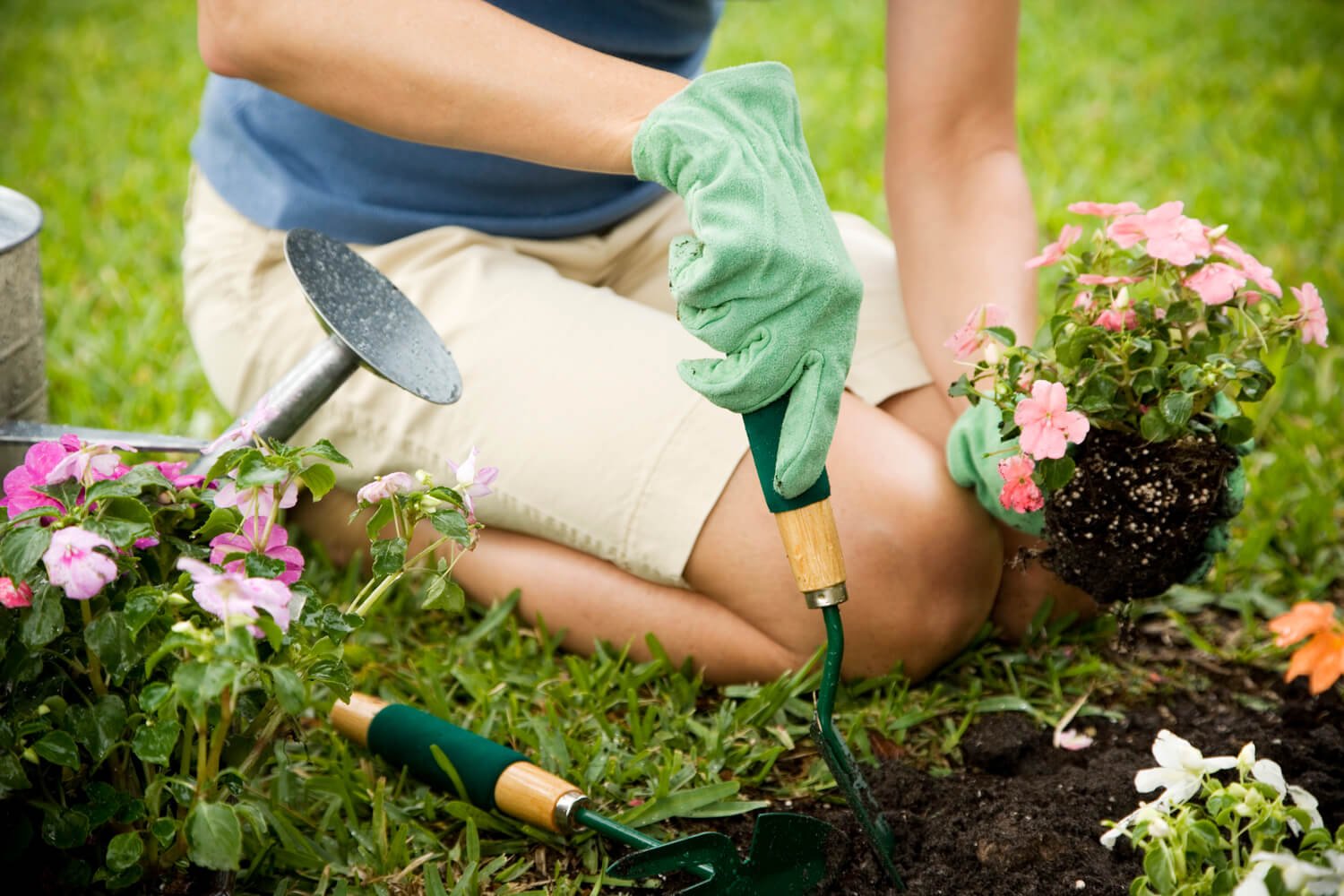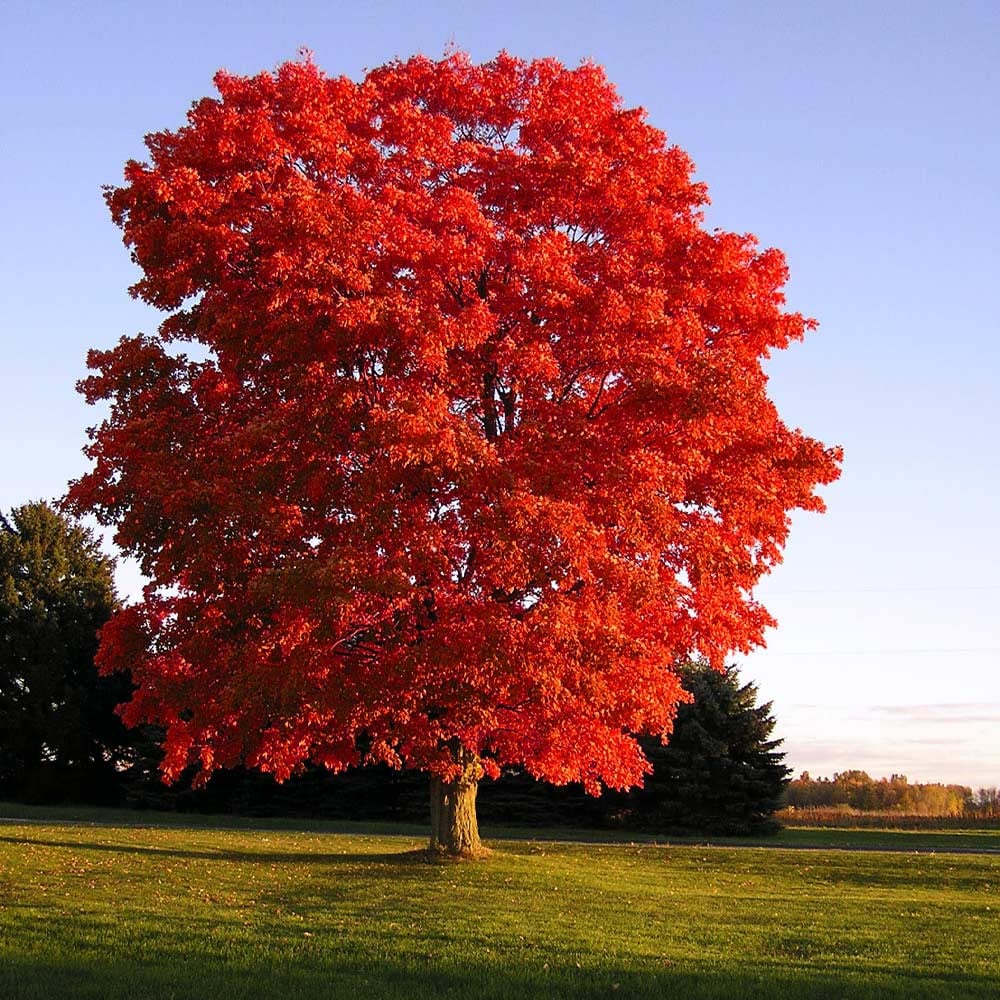This collection is empty
Create a Wildlife-Friendly Garden with Purpose
TN Nursery’s Backyard Biodiversity Picks features plants that are intended to connect you back to nature by providing food, habitat and shelter for pollinators, birds, beneficial insects and small mammals that support native wildlife and biodiversity.
Create a habitat garden that brings back the living wildlife native to your region with these intentionally selected plants for backyards, patios and small spaces. From containers to a quarter acre in the city, or a few acres in the country, there are no limits to how you can grow the biodiversity right where you live and have fun doing it!
Native Plants That Do More Than Beautify
Plants for biodiversity gardens are carefully selected based not only on native status, hardiness, or appearance, but also on usefulness to wildlife and local habitat. Wildflowers like Echinacea and Bee Balm create nectar that the pollinators, hummingbirds, and butterflies crave. Native grasses provide nesting materials and habitat cover and small shrubs and berry-producing trees attract and feed songbirds.
From Soil to Canopy: Layer Your Habitat
Select plants that work with the environment, not against it. With these regional plants, there’s less need for pesticides, watering, and chemical fertilizers, resulting in better soil and safer surroundings for animals and people. Native plant biodiversity gardening is also important to help restore areas where habitat has been lost to new development.
A Step Toward Restoration
Diversity isn’t just the mix of species, but also the different layers of a habitat. Layers range from low to the ground groundcovers that provide insect habitat, mid-height perennial plants that offer nectar and pollen for pollinators, and shrubs and canopy trees for shade and shelter for birds. TN Nursery’s Backyard Biodiversity Picks are no exception. A habitat garden or yard with vertical diversity looks interesting and natural and becomes a healthy ecosystem that works.
Mix in natives for the understory, flowering vines to grow on trellises or fences, and trees, like Redbud or Serviceberry. All these elements provide a diverse set of needs to host wildlife all year long. Plants in this collection also range in flowering times from early season to provide for pollinators, to those that produce late-season berries to feed migrating birds.
Grow Native Plants to Help Restore the Natural World
Growing for Backyard Biodiversity is a small way to get involved with habitat restoration. Every plant from this collection helps to reintegrate a part of the wild that’s essential to restoring the natural web of life and bringing nature back into our lives. Not only will a native biodiversity garden bring nature close to home, it will also create a sanctuary for you to enjoy and provide rewards for the local animals that need us.
TN Nursery grows every plant in this collection so you know they’ll be ready to thrive and do their part in your local ecosystem. Let’s build some habitat diversity today —because nature starts in your backyard.
Easy to Grow
How to Plant Bareroot Plants
First, soak the roots in a bucket of water for a few hours—this helps rehydrate them after shipping or storage. While they’re soaking, dig a hole that’s sufficient to give roots room to grow and deep enough so the crown (where roots meet stem) sits just above soil level.
Planting in Soil
Make a small mound of soil in the center of the hole, and drape the roots evenly over it. Use the same soil to backfill around the plant roots with soil, pressing it in as you go to remove air pockets.
After Planting
Once planted, water thoroughly to help the roots settle and establish. It’s best to avoid fertilizer right away—just focus on consistent watering for the first several weeks. Mulch lightly around the base to keep the soil moist, but don’t pile it against the stem.
After Planting
With a bit of attention early on, bare root plants often catch up quickly and grow strong.
Grow Tips For Success
Backyard Landscaping 101
When you’re ready to plant in your backyard, start with a clean area. Remove grass, rocks, or anything that might get in the way. Loosen the soil with a shovel—don’t rush this part, because good soil makes all the difference.
Check your Soil
If it feels too compact, mix in something rich like compost or rotted leaves. That helps roots breathe and water soak in evenly. Choose plants that make sense for where you live and how much sun the spot gets. When planting, dig just deep enough for the roots and gently press the soil back in.
Irrigation is Key
Water slowly so it reaches down deep. It’s a good idea to lay down mulch afterward to help hold moisture and keep weeds out, but don’t let it crowd the stems.
The first few weeks matter most, so check on them often and adjust as needed. Gardening this way keeps things simple and helps your plants settle in strong.











